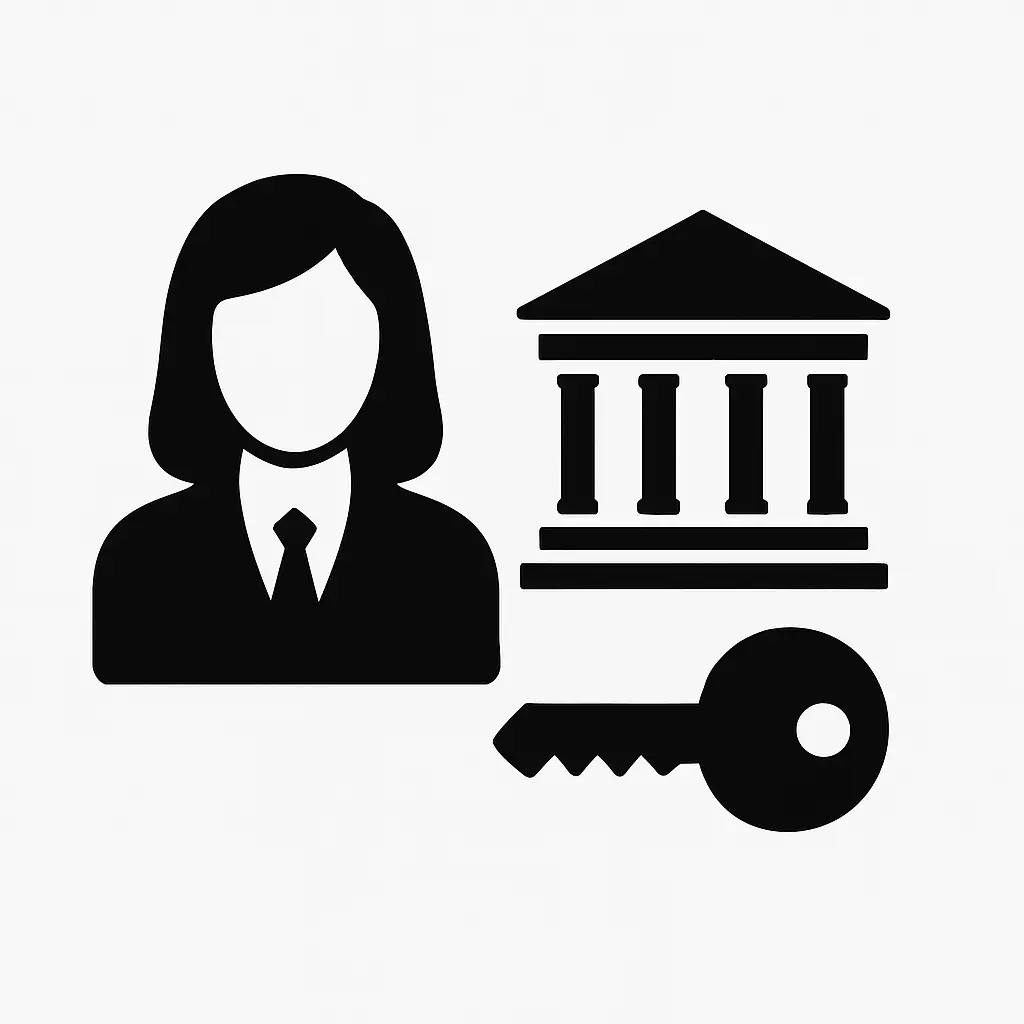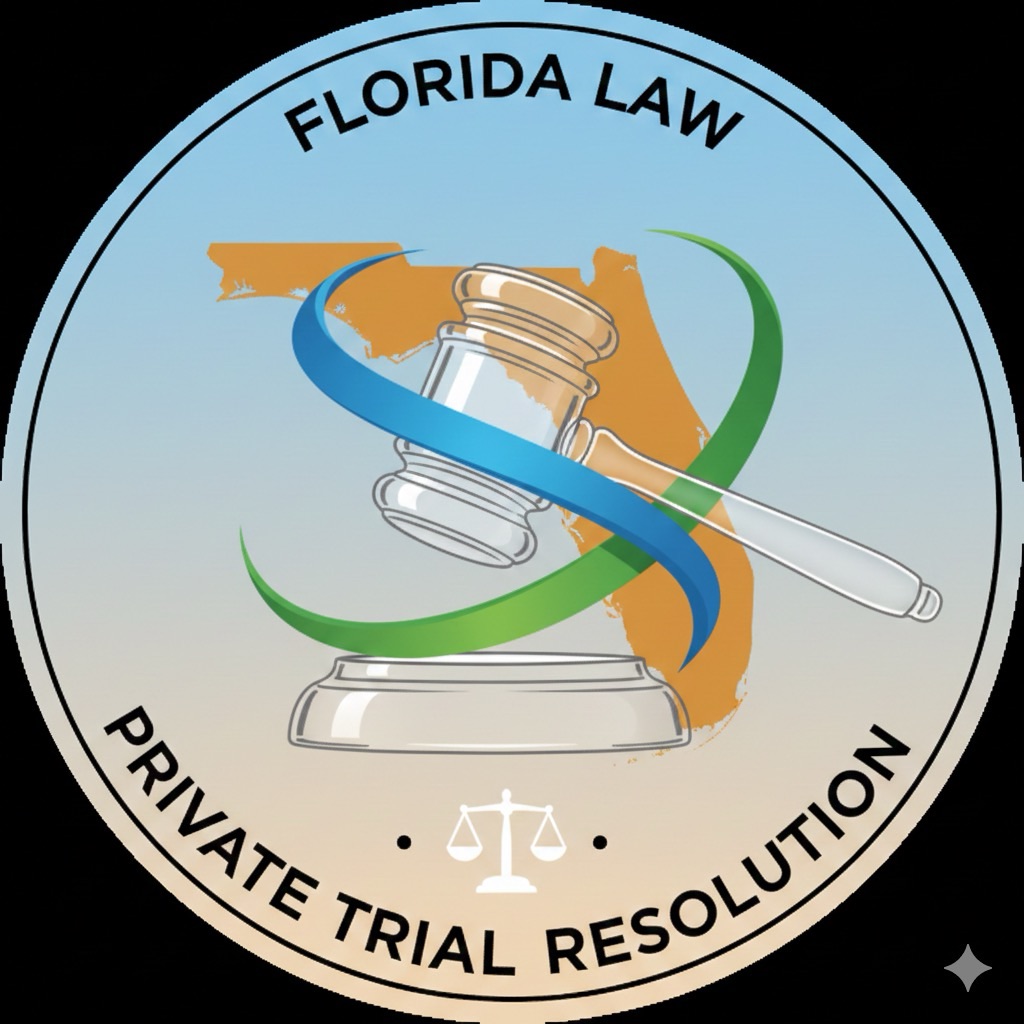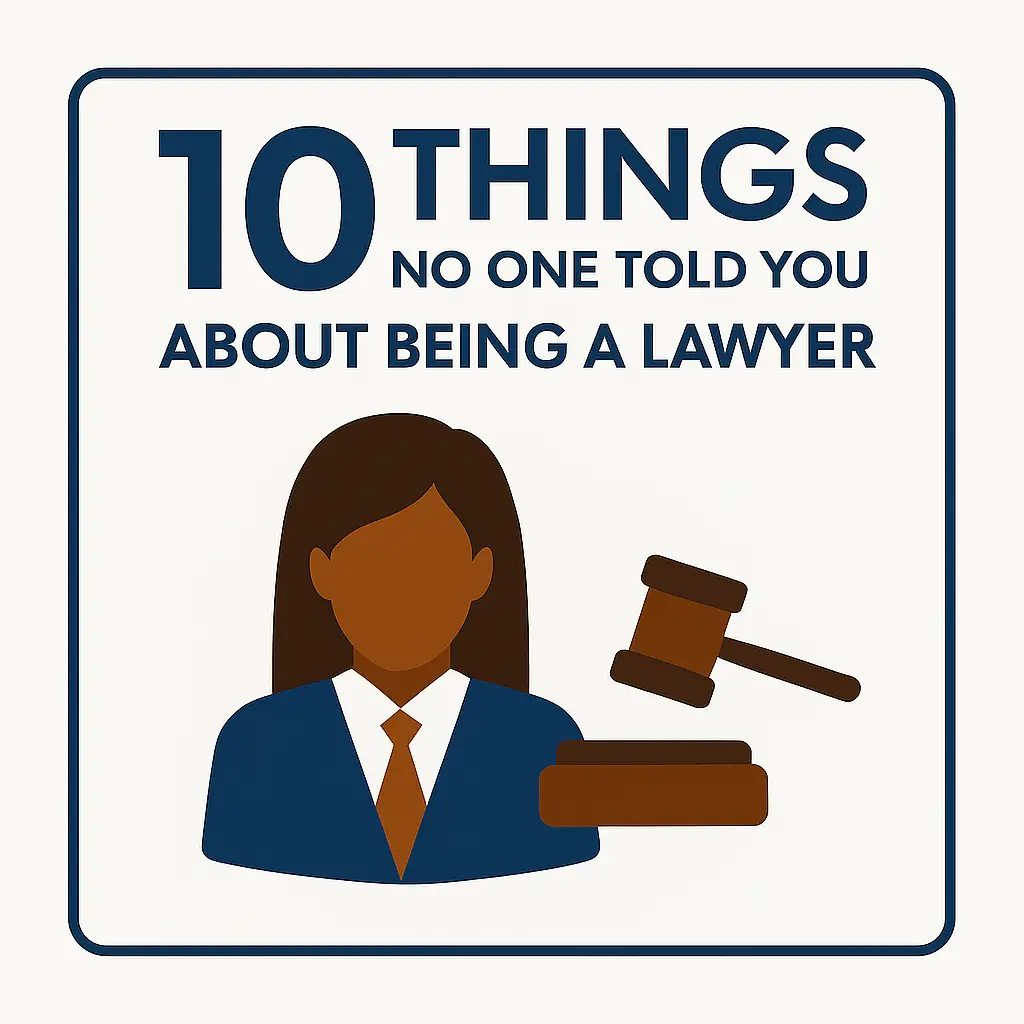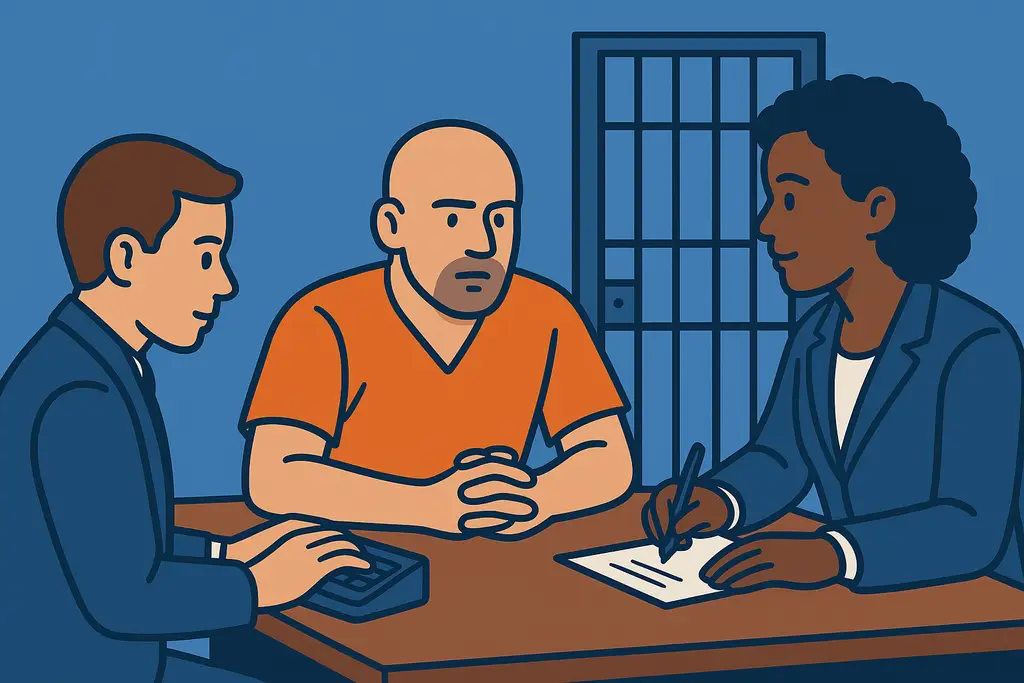Following two recent evidentiary hearings, I was reminded of the significant challenges attorneys face in evidentiary hearings, where effective preparation and sound case strategy are crucial. To maximize their clients’ chances of success, practitioners should focus on the following key strategies.
Prepare as You Would for Trial
Approach every evidentiary hearing with the same level of diligence as a full trial. Review all evidence, research applicable laws, and anticipate objections. Thorough preparation minimizes surprises and signals professionalism to both the judge and opposing counsel.
Take Discovery Seriously
Treat the discovery phase as foundational. Request relevant documents, exchange disclosures, and conduct thorough depositions. Identifying and securing critical evidence early ensures solid footing during the hearing and prevents last-minute scrambling.
Meet Prehearing Deadlines
Missing deadlines for motions, evidence submission, or witness lists can severely handicap a case. Track all requirements meticulously, and submit documents well in advance to avoid procedural setbacks and preserve all available arguments.
Know Your Case and Understand Your Burden of Proof
A clear understanding of the claims, defenses, and evidentiary burdens is essential. Articulate the legal standard that applies, and be ready to prove or rebut every material fact according to those standards. Manage your client’s expectations by identifying both the strengths and weaknesses of your case and consider whether conceding a losing point or position strengthens other aspects of your case or your credibility before the tribunal.
Meet and Confer with Your Adversary
Engage in good-faith discussions with opposing counsel before the hearing. This can lead to stipulations that streamline proceedings, avoid the need for appearances by certain witnesses (e.g. records custodians of financial records), reduce contested issues, and demonstrate cooperation to the court.
Utilize Motions in Limine
Strategically file motions in limine to exclude prejudicial or irrelevant evidence before it reaches the judge or to address the admissibility of certain evidence ahead of time. Well-crafted motions define the evidentiary landscape, protect your client’s interests, and prevent confusion during the hearing.
Secure Witness Testimony or Attendance
Ensure your witnesses are available and properly subpoenaed. Prehearing preparation with each witness, including practice testimony, helps them present confidently and clearly under examination.
Stay Organized
Centralize all evidence, notes, and legal authorities for quick access. An organized file system enables rapid response to objections, questions, or unexpected developments during the hearing. Even if the court does not require an exhibit register, consider keeping one in which you identify each exhibit, indicate if it has (or has not) been admitted, and include notes for yourself on why each piece of evidence is relevant and the grounds upon which it should be admitted. A sample form of exhibit register can be found here. Consult your register before resting your case to confirm you have moved your evidence into the record, as failing to do so could be fatal.
Don’t Wing Your Opening Statement or Summation
Craft concise, persuasive opening statements and summations. Outline key facts, focus the judge’s attention on pivotal issues, and reinforce your theory of the case for maximum impact. Do not overpromise and underdeliver. Utilize your time to make an impactful argument based on salient facts in evidence and recognize that your audience has a limited attention span.
Test Courtroom Equipment
Most modern courtrooms are equipped with presentation technology where you or a colleague can plug a laptop into the court’s video system at either the podium or counsel’s table. Presenting evidence through this technology is usually as simple as sharing a document in a Zoom or Teams meeting. However, unlike a remote meeting where you share and unshare documents, some systems will display whatever you have on your screen when you are given control of the input into the courtroom system. Be mindful not to have other information displayed on your screen when you are on “camera”.
Schedule an appointment with court personnel in advance of the hearing to test the system. Save copies of your exhibits locally on your laptop so do not have to rely on the Internet connection in the courtroom. Finally, consider bringing at least two hard copies of the exhibits (for the Court and the witness) as a backup plan.
Conclusion
By implementing these strategies, attorneys can elevate their performance and achieve more favorable outcomes for clients in evidentiary hearings.
Discover more from A Lawyer In Florida
Subscribe to get the latest posts sent to your email.





